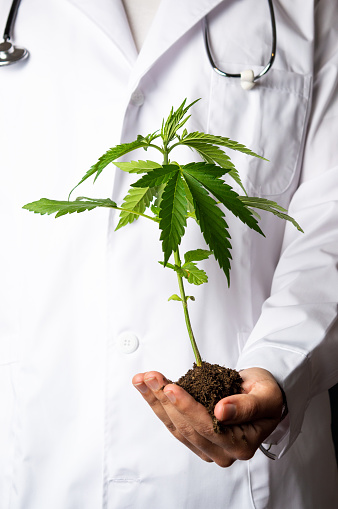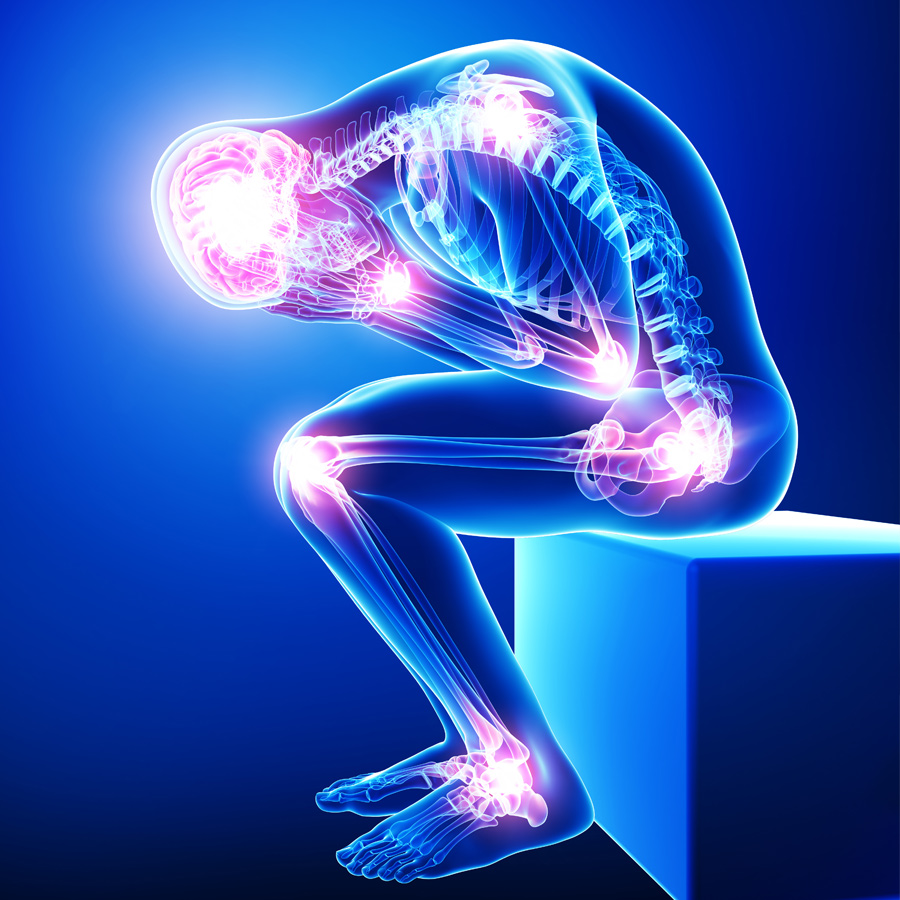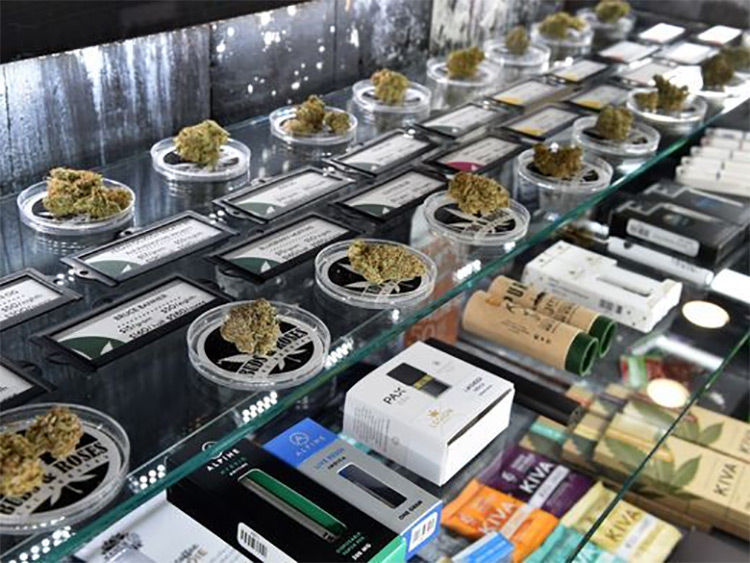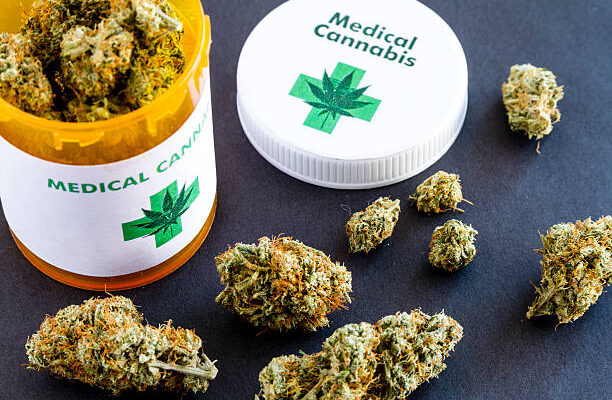Marijuana users in Maryland were thrilled when the 2014 state legislation passed medical cannabis. Since then, the program has been fully implemented and more than 100,000 residents have their MMJ cards.
What started out as a complicated process with a stigma attached to it is now streamlined and “normal.” Nearly six million people in the U.S., and its territories use medical marijuana for a variety of conditions.

If that’s not you—yet,—you’re in luck. The kinks and quirks have been worked out of the system, and now it’s easier than ever to get your license.
Just follow the tips in this guide, and you’ll know everything you need about medical marijuana in Maryland.
1. Only Certain Doctors Can Approve You
Medical cannabis is still on the “controlled substance” list. Providers and other medical professionals who want to provide patients with an MMJ card have multiple steps to go through first.
They’ll need to pass the courses, tests, or other requirements to get certified in their state and pay the applicable fees. In addition to the extra work involved, doctors open themselves up to civil litigation.
If they approve medical marijuana for a patient, and they become addicted or sick, it can fall into the doctor’s lap.

Scientist holding a marijuana branch close up
Not every physician is okay with the risks, so you need to find a doctor who is legally allowed to certify you for your card. This article by MetroXMD can point you in the right direction.
2. You Must Have Evidence of a Qualifying Condition
With their own medical license and reputation on the line, you can see why any physician you visit will need evidence of your problem.
In Maryland, this is fairly simple. If you’re at least 18 with a valid form of ID, you can qualify for an MMJ card. However, it’s up to you to bring the documentation that proves you have a qualifying diagnosis and have attempted other treatments.
Almost any chronic or debilitating diagnosis puts you in the approval category. The most frequently seen conditions include:
● Chronic pain
● Cancer
● HIV/AIDS
● Post Traumatic Stress Disorder
● Parkinson’s Disease
● Epilepsy
● Glaucoma
● Neuropathy
● Anorexia
● Wasting Syndrome
● Severe nausea
Although these are common, there are many others that will qualify you. However, you need to bring documentation that you’ve seen a doctor about the problem, and they agree that it exists. The doctor has to include evidence in their approval. They can’t take your word that you have chronic pain or whatever condition you’re trying to correct with cannabis.

3. You Can Buy From Any Licensed Dispensary
The approval is the first part of getting your MMJ card. The next step is up to the doctor, who must upload the documentation and fill out the proper paperwork.
As soon as your portal profile shows that you’re official, you can head to any licensed dispensary to get your medical weed. There are two dispensaries allowed per district at any time, so it might be a bit of a drive to get to the nearest one.

There isn’t a “required” list that dispensaries use to stock their shelves. What you see in one store may not be in another. If you’re looking for something specific, call around to the shops within driving distance for you and ask if they have that product.
You’ll probably find a wider selection in bigger cities like Baltimore. With your card, you can access medical cannabis dry flowers, tinctures, liquids, vapor oils, and oils. Edibles are still a no-go unless the dispensary has a specific permit allowing them to sell these products.
The staff in each facility is trained to answer your questions and let you know how much of each item you’re allowed to buy. Per Maryland law, you can have up to 120 grams at any given time, based on a 30-day supply. The 30 days are rolling, not calendar dates, and any purchases are stored in the government database.
Conclusion
Maryland’s medical marijuana process is user-friendly and streamlined. You get your diagnosis and documentation, then find a certified doctor who can approve your application.
As soon as you’re legally in the system as having an active medical marijuana card, it’s shopping time! Head to your closest dispensary for your favorite cannabis products, and enjoy responsibly.

